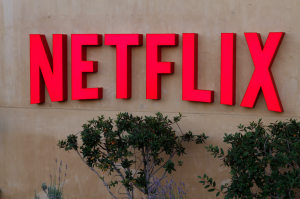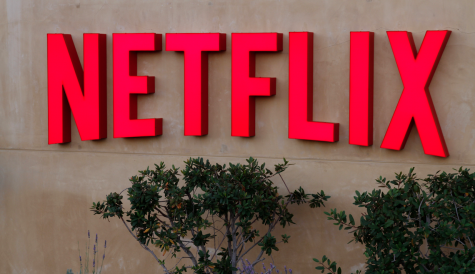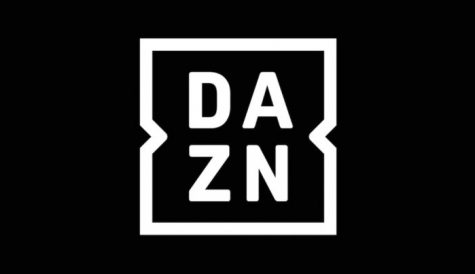Netflix’s summertime blues
 Some of the shine came off Netflix this week, with the streaming giant’s subscriber growth falling a million short of expectations.
Some of the shine came off Netflix this week, with the streaming giant’s subscriber growth falling a million short of expectations.
Netflix’s addition of 5.2 million new members in Q2 led to an immediate dip in its share price. The SVOD company has also forecast a year-on-year decline in net additions for the quarter to September.
Some 4.5 million of Netflix’s new subscribers were in international markets, indicating the extent to which domestic US growth has leveled off.
CEO Reed Hastings remained bullish on the earnings call that followed the results, saying that the company’s fundamentals “have never been stronger” and making the point that paid net additions were up compared with the previous year.
Hastings did admit that Netflix is facing “a lot of new competition”, citing Disney’s entry into the streaming market, new investment for HBO and plans by French broadcasters to launch their own OTT TV service.
However, Disney has yet to make its play and France’s plans for the Salto joint venture between public broadcaster France Télévisions and commercial players TF1 and M6 are still at a very early stage, and have already attracted sceptical comments.
HBO, meanwhile, is forecasting a “tough year” ahead as it pushes to increase its subscriber base and up its content line-up. Netflix also this week beat HBO for the number of Emmy nominations received for the first time.
Hastings’ recipe for taking on this putative competition is essentially more of the same – combining “the best content we’ve ever done” with “the best user interface” and “the best recommendations” and marketing.
It’s a formula that has served the company well to date. It is worth noting that the shareholder retreat following the poor Q2 showing came immediately after a first quarter in which Netflix delivered phenomenal growth, beating expectations for by close to the same amount that it undershot in Q2. However, the slowdown in the US in particular may have spooked investors, amid an underlying wariness about the company’s level of debt.
Subscriber growth – particularly international growth, given the relatively saturated status of the US market – is a must for Netflix and the share price movement this week indicated how sensitive investors are to any sign of a wobble from the company.
Despite Hastings’ claim that Netflix has a tried and trusted formula, some things have been changing. Investors – and Netflix’s management – are aware that Disney and Fox – and potentially other suppliers – will increasingly retain the rights to their own content for their own direct-to-consumer initiatives, meaning that Netflix will become more and more dependent on its own originals rather than licensed shows. That means it needs to keep up and even increase its already massive investment in original content. Uncertainty about the future impact of competition from studios – and unknowns such as whether Apple can and will break into content or whether Amazon’s growth trajectory, based on a broader and more sustainable business model, will accelerate – are probably also beginning to weigh on investors minds more than before.
Netflix’s original content mix is meanwhile changing to reflect its need to attract new categories of subscribers that have not yet been tempted by a line-up of high-end, predominantly US drama. Although the streamer has shied away from the path followed by Amazon into live sports and channels, it is branching out more into unscripted content, original movies and also into commissioning more local content from non-English-language markets, a trend observed this week by analyst group IHS Markit.
The growing emphasis on international content reflects the predominance of international subscriptions in fuelling the company’s growth.
On the Q2 earnings call, Netflix chief product officer Greg Peters highlighted the growing importance of Asia and in particular of India, where he said the SVOD outfit was “getting some nice momentum” with series such as Sacred Games and the forthcoming Ghoul.
Doing deals with cable and telecom operators is also a key strategic focus, bringing Netflix into a big-screen environment where consumers are used to paying monthly subscriptions for a multi-play bundle of which content is a part. An increase in cord-cutting is no longer in Netflix’s interest as it becomes more reliant on distribution via third-party set-top boxes, and becomes more like a pay TV partner rather than a disruptor in the pay TV market. Increasingly, the groups that regard Netflix as a competitor rather than a partner are the studios, such as Disney, and free-to-air broadcasters.


